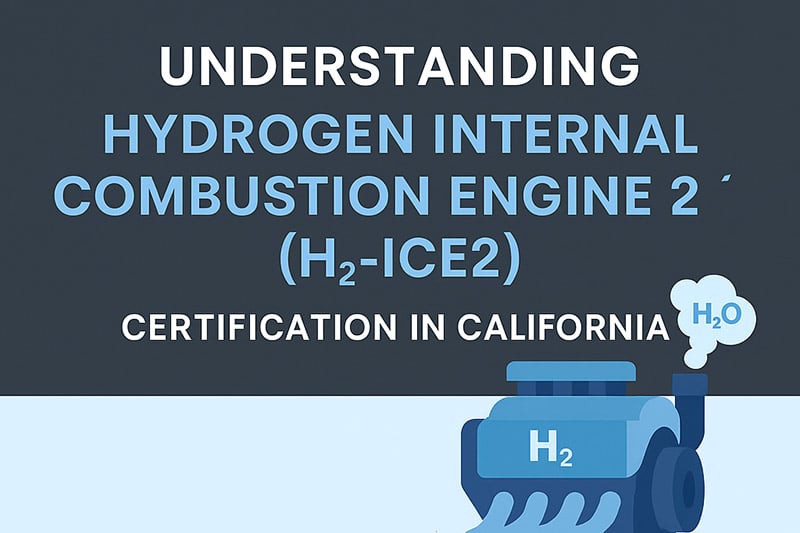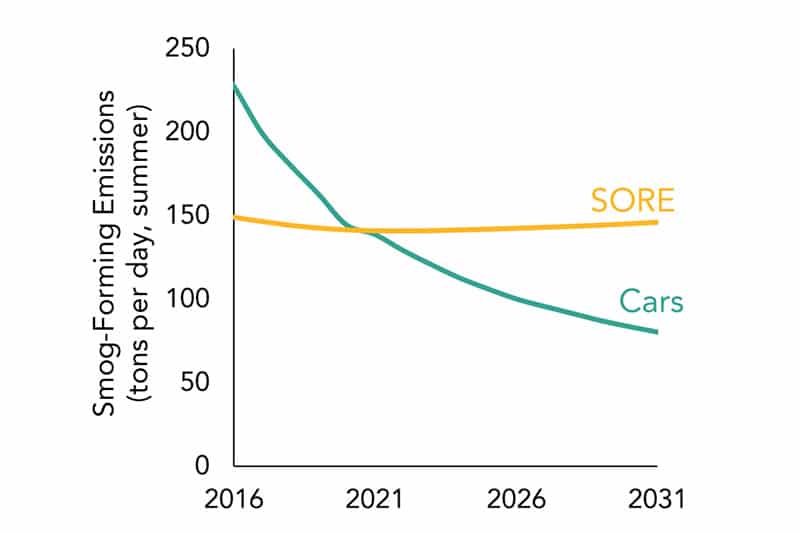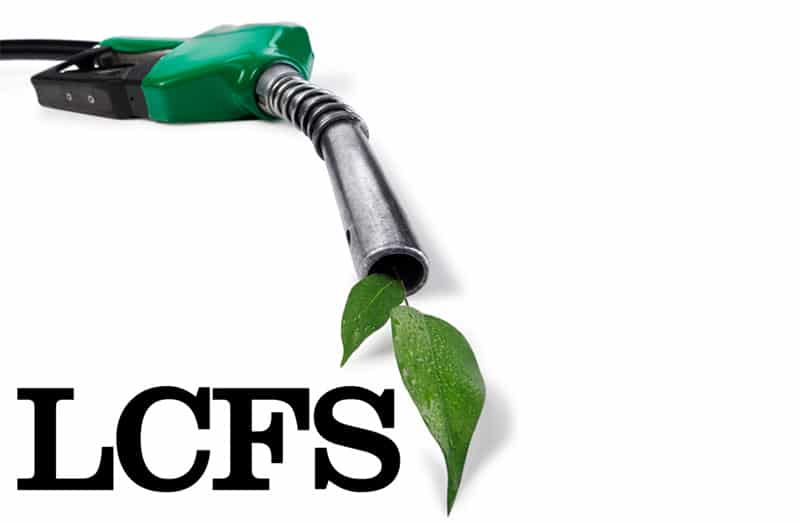What is TPEM?
TPEM or “Tier 4 Flex” is a program created by the U.S. EPA that allows original equipment manufacturers to continue selling Tier 3 engines after Tier 4 emission standards have been implemented. The intent of this program is to help ease equipment manufacturers through the transition to Tier 4 requirements and to delay the additional expense of purchasing more technologically advanced engines.
In 2004 the EPA published the final rule which presented Tier 4 emission standards, these standards are to be phased in over a period of time, 2008-2015. The Tier 4 standards require that (PM) emissions and oxides of nitrogen (NOx) be reduced by an additional 90%. Tier 4 emissions levels are similar to those required by the 2007-2010 standards for on-highway engines.
Tier 4 emissions standards require the reduction of particulate matter emissions by over 90 percent and nitrogen oxide emissions by 45 percent. This has driven the use of engine component technologies such as particulate filter after treatment, cooled exhaust gas re-circulation and variable geometry turbochargers in the new Tier 4 Diesel Engines.
How Does Tier 4 Affect Me?
The implementation of Tier 4 Final carries with it a significant increase on the price of non-road diesel engines. Many times this price increase is reflected in costs passed on the end user. Equipment manufacturers are faced with many difficult decisions as to how to stay competitive while trying to offset this dramatic cost increase.
If you are an equipment manufacture and are not participating in TPEM, then your company is allowing its competitors to gain a significant advantage by continuing to legally sell thousand’s* of Tier 2/Tier 3/Tier 4i engines each year for the next 7 years.
How do I Participate in TPEM?
To be eligible for the allowances under the TPEM program there are several steps you must take.
- You must be the party primarily responsible for the designing and manufacturing equipment and your manufacturing procedures must include installing some engines in equipment.
- Depending on your production volume you can choose one of two types of allowances, this choice will determine the kinds of reporting and amount of engines you will ultimately be able to sell.
- Percent-of-production allowances. You may produce a certain number of units with exempted engines calculated using a percentage of your total sales within a power category relative to your total U.S.-directed production volume.
- Small-volume allowances. You may determine an alternate allowance for a specific number of exempted engines.
- There is a timeline you must follow depending on the year that you being to apply for and use these allowances.
- A Tier 3 TPEM report verifying compliance must be submitted to the EPA prior to participation in the Tier 4 program
- Notification Letters must be sent to the EPA and/or CARB prior to participation
- Annual Compliance Reports must be sent to the EPA and/or CARB
- Written assurance letters must be provided to the engine manufacturers each year of participation
- Equipment Manufacturer TPEM Labeling Requirements must be met.
- Recordkeeping Provisions
- Allowance Provisions
- Potential Bond Requirement for Importers
- Final TPEM Report must be submitted to verify compliance
When Can I Use These Allowances?
Should you decided to participate in the program you will have the time frames listed below to use your allowances and sell Tier 3 engines. Even if you have not started this process you can see there is still time to take advantage of the allowances left.
Table 1 of §1039.625—General Availability of Allowances
| Power category | Calendar years |
| kW < 19 | 2008–2014 |
| 19 ≤ kW < 56 | 2008–2014 |
| 56 ≤ kW < 130 | 2012–2018 |
| 130 ≤ kW ≤ 560 | 2011–2017 |
| kW > 560 | 2011–2017 |
Table 2 of §1039.625—Availability of Delayed Allowances
| Power category | Calendar years |
| kW < 19 | |
| 19 ≤ kW < 56 | 2012–2018 |
| 56 ≤ kW < 130 | 2014–2020 |
| 130 ≤ kW ≤ 560 | 2014–2020 |
| kW > 560 | 2015–2021 |
Do I Need A Bond?
Foreign Manufacturers need a bond to utilize the TPEM allowances. The bond requirement is an enforcement tool ensuring EPA has the ability to collect any judgments assessed against a foreign equipment manufacturer for violations.
OEM’s are required by EPA to provide monetary bond/pledged assets for the value of engines imported into the United States.
The U.S. EPA is concerned with compliance related to the nature and tier of the engines used in transition equipment. The bond value is related to the value of the engine used in the equipment. The EPA has adopted requirements that the bond is set at a level designed to represent approximately 10 percent of the cost of the engine for each piece of TPEM equipment produced by the foreign manufacturer for import into the United States.
The table below shows the Bond values:
Table 1 of §1039.626—Per-Engine Bond Values
| For engines with maximum engine power falling in the following ranges . . . | The per-engine bond value is . . . |
| kW < 19 | $150 |
| 19 ≤ kW < 56 | 300 |
| 56 ≤ kW < 130 | 500 |
| 130 ≤ kW < 225 | 1,000 |
| 225 ≤ kW < 450 | 3,000 |
| kW ≥ 450 | 8,000 |
The EPA requirements in 540 CFR Part 1039.625 state “Get a bond from a third-party surety that is cited in the U.S. Department of Treasury Circular 570, “Companies Holding Certificates of Authority as Acceptable Sureties on Federal Bonds and as Acceptable Reinsuring Companies.” Maintain this bond for five years after the applicable allowance period expires, or five years after you use up all the available allowances under § 1039.625, whichever comes first.”
How Do I Label My Engines?
In the regulations a template is provided, the structure is illustrated in the following manner.
(1) The label heading “EMISSION CONTROL INFORMATION”.
(2) Your corporate name and trademark.
(3) The calendar year in which the equipment is manufactured.
(4) An e-mail address and phone number to contact for further information, or a Web site that includes this contact information.
(5) The following statement:
THIS EQUIPMENT [or identify the type of equipment] HAS AN ENGINE THAT MEETS U.S. EPA EMISSION STANDARDS UNDER 40 CFR 1039.625.
This label must be affixed to any TPEM engine for sale in the United States. It must be a permanent label, legible and written in English. Essentially this label will serve as additional information to the engine manufactures emissions control label.
What Does ECO Have to Do With This?
ECO’s TPEM staff currently manages many of the world’s leading equipment manufacturer’s compliance programs. Our experts have developed a work flow process that enables ECO to effectively manage your program that results in saving time, money, and resources for your company.
By subscribing to ECO’s turn-key TPEM Management Service, you will ensure that your company receives the best flexibility strategy, expert regulatory analysis, and compliance with all of the EPA’s TPEM requirements.
ECO will Interface with your company to better understand current and future product development and planning strategies as they relate to emissions control regulations in North America.
Development of the regulatory framework that will benefit the company’s planning, production, and marketing efforts. This includes identifying the TPEM allowance that will maximize cost savings to your company.
ECO will utilize its key relationships with EPA/ARB TPEM personnel to act as a liaison during the regulatory discovery process. ECO can streamline the process resulting in cost savings to your company. If we don’t already have the answer, the chances are we know exactly where to find it.
Why ECO?
ECO benefits companies by serving two very important functions in addition to those mentioned above:
- We help manufacturers maximize their allowances
- We offer risk control, protecting your company from costly noncompliance mistakes
ECO will assist your company to understand and administer the Tier 4 TPEM program. This includes:
- Preparing notification and assurance letters
- Creating and Submitting TPEM reports
- Record keeping
- Labeling provisions
- Bond requirements.
Get Started
Learn More at Our TPEM Information Website
Contact
Mark Celio
TPEM Program Manager
916.435.2378×5


